If you want to improve your productivity and focus on what truly matters, Essentialism by Greg McKeown is a must-read. This book teaches you that if you don’t set your own priorities, others will set them for you. It’s not about doing more things faster, but about doing the right things—the ones that truly count.
Instead of being overwhelmed by endless tasks, Essentialism helps you cut out distractions, prioritize effectively, and focus on what will make the biggest impact in your life and work. Whether you’re looking to simplify your schedule, reduce stress, or make meaningful progress on an important project, this book provides a framework to help you achieve that.
A great companion to this book is Deep Work by Cal Newport. It teaches that the secret to learning and productivity is focusing deeply without distractions. Newport says, “To learn hard things quickly, you must focus intensely without distraction.”
In the following summary, we’ll break down the key lessons from Essentialism so you can start applying them right away. The first four chapters are about the core principles of what it means to be an Essentialist…
🌟 1. The Core of Essentialism: The foundational principles of essentialism include setting priorities, practicing choice, doing less, and making trade-offs
Chapter 1 Summary
- Set your priorities, or others will do it for you. A busy Silicon Valley executive was so overwhelmed with trivial tasks that he almost quit. Instead, he was advised to simply stop doing work that wasn’t essential. At first, people were upset, but eventually, they accepted it. He ended up enjoying his job more and had more time for his family. Greg McKeown shares a similar story about attending a meeting the same day his wife gave birth, realizing later that his priorities were off.
- The Paradox of Success. As people become successful, they get more opportunities and requests, which can pull them in too many directions. Instead of focusing on what made them successful, they spread themselves thin and make little progress. Even companies fall into this trap, trying to do too much at once and losing their edge. Jim Collins said great companies fail because of “the undisciplined pursuit of more.”
- 3-step solution to modern overwhelm:
- Identify what is most essential by first exploring many options to figure out what really matters.
- Eliminate the non-essential by removing distractions and having the courage to say no to others.
- Execute with a routine that makes it easy to do the essential, accepting the reality that you can’t do everything.
Chapter 2 Summary
- Don’t forget your power to choose. The author shares his story about being in law school because others said it would give him more options, but he felt stuck and unsatisfied, unable to dedicate the time he wanted to his passion of business writing. He wasn’t doing great or awful at anything, he was just average at everything. When he thought about what he really wanted, he realized he could choose to leave law school, even if it meant going against people’s expectations. This allowed him to focus on what mattered, following a path that aligned with his values, and eventually led to him getting an MBA at Stanford, writing in the Harvard Business Review, and becoming a New York Times bestselling author.
- Learned helplessness. In an experiment by Martin Seligman, dogs that couldn’t stop electric shocks eventually gave up trying, but dogs that had control over the shocks kept trying. This shows that when we feel powerless, we might stop trying, even though we still have the ability to make choices. While we can’t control everything in life, we can always choose how we respond.
Viktor Frankl was a Jewish psychologist who survived the Nazi concentration camps during World War II. Afterward, he wrote Man’s Search for Meaning, sharing his experiences and his philosophy on finding purpose in life.
He said, “Everything can be taken from a man but one thing: the last of the human freedoms—to choose one’s attitude in any given set of circumstances, to choose one’s own way.” Under the surface, this idea from Frankl strongly influences this chapter of Essentialism.
Read our summary of Man’s Search for Meaning by Viktor Frankl
Chapter 3 Summary
- Less effort = more results? Greg McKeown tells a childhood story about delivering newspapers and earning 1 pound per hour. Then he realized he could make 6 pounds per hour washing cars for his neighbours. He realized that earning more doesn’t always mean working harder—it depends more on what you work on. Later, working in customer service for a coaching company, he focused on one key skill: stopping clients from canceling. By getting really good at that, he got paid more. This connects to the 80/20 Rule: 80% of your results come from just 20% of your efforts.
- Do less, but better. This slogan from the minimalist designer Dieter Rams sums up the essentialist way. It means focusing on fewer things, but doing them exceptionally well. Warren Buffett is a great example—he knew that he couldn’t make hundreds of great investing decisions. Instead, he picked a few companies he believed in fully and bet heavily on them. 90% of his wealth has come from just 10 investments.
Tim Ferriss, author of The 4-Hour Workweek, said that, “Being busy is a form of laziness—lazy thinking and indiscriminate action. Being busy is most often used as a guise for avoiding the few critically important but uncomfortable actions.”
As a young entrepreneur building his first major business, a sports supplement company, Ferriss worked so hard he barely slept. Then he discovered the 80/20 Rule, which changed everything. He realized that 20% of his customers—wholesale buyers—made up most of his profits and rarely caused problems. So, he focused on finding more of those top customers, and his business grew much faster, all while giving him the freedom to travel.
Chapter 4 Summary
- The reality of making trade-offs. You can’t do everything, so you have to choose what to focus on. Trade-offs are hard because they are about picking between two things you want. But instead of seeing it as missing out, think about it as choosing what you want to really great at. Trying to do everything means you’re not great at anything. It’s like a company with a vague mission statement that talks about “innovation, excellence, and vision” that ends up not meaning anything to anybody.
- Avoid a straddling strategy. Southwest Airlines became the best investment in the S&P 500 over a 30-year period by focusing entirely on a low-cost, no-frills strategy—things like only offering point-to-point flights, no assigned seats, and no in-flight meals. Competitors like Continental tried to copy some parts of this approach while keeping their traditional model, but this led to them losing hundreds of millions of dollars. This is called “straddling”—trying to follow two strategies at once, which doesn’t work because, as expert Michael Porter explains, a sustainable business strategy requires making trade-offs.
According to Greg McKeown, what is a common reason people lose focus as they become more successful?
They are distracted by new opportunities and requests
They take on too many trivial tasks from the start
They don’t set clear goals
They lack the right skills
🧠 2. Discover What Really Matters: Explore your options to clarify and prioritize what truly matters in your life
The next five chapters focus on exploring your options, a key step before narrowing down and prioritizing the most important ones.
Chapter 5 Summary
- Escape to think without distractions. We’re often too busy to stop and think about whether we’re working on what really matters. One executive spent 35 hours a week in meetings and had no time to reflect. Another stayed at a company five years too long because he was too caught up in everyday tasks. To avoid this, it’s important to set aside time just for thinking, without any distractions.
- How to make time for focused thinking. Famous examples include Isaac Newton, who spent two years in semi-isolation writing Principia Mathematica, and Bill Gates, who takes a “Think Week” every year to disconnect and read, even when Microsoft was growing fast. The author created his own routine, working on his book from 5 a.m. to 1 p.m. without interruptions and letting people know he was in “monk mode” with an email auto reply message.
- Start your day with 20 minutes of inspirational reading, which helps set a focused tone for the rest of the day. McKeown recommends books like Meditations by Marcus Aurelius, As a Man Thinketh, books on Zen, Taoism or Confucianism, as well as the Bible, Koran, Torah, etc.
Society often pushes us to focus on what we don’t like about our external circumstances, but those can be hard to change. The classic success book called As a Man Thinketh by James Allenteaches that changing our thinking is key to improving our mental and physical well-being.
Allen wrote, “A man cannot directly choose his circumstances, but he can choose his thoughts, and by doing so, shape his circumstances.” Today, scientists like Robert Sapolsky confirm this idea, showing that negative thoughts trigger stress chemicals called glucocorticoids, which slowly harm our health over time.
Chapter 6 Summary
- Focus on what’s truly important. The author shares a story about a famous journalism teacher, Charlie O. Simms, who taught his students how to find the “lead” of a news story. Instead of just reporting the facts, the lead communicates why the story matters to the reader. For example, after students tried writing about a school conference, the teacher revealed the real lead: “No school Thursday.” This highlights the importance of focusing on what matters, not just trivial details.
- Keep a journal to find the lead in your own life. In our busy lives, it’s easy to lose sight of what really matters in a sea of distractions. The author suggests keeping a journal to help cut through the noise. Write down your thoughts daily, but start small by writing less than you want to so you don’t overwhelm yourself and burn out like many beginners do. Then, every 90 days, review your journal to spot patterns and trends. This process helps you see what’s truly important in your life.
Chapter 7 Summary
- Rediscover the importance of play. As kids, play comes naturally, but over time, we’re taught to think it’s unproductive and unimportant, thanks to a school system modeled after factories. However, play is actually essential—it helps our brains become more flexible, creative, and adaptable.
- The benefits of play. Playing not only helps us explore creative solutions and adapt to different situations, but it also strengthens the part of our brain responsible for planning, strategy, and self-control. Plus, play reduces stress, making it easier to handle challenges in life and work. The author suggests thinking about the type of play you loved as a kid and finding ways to bring that into your life today.
What routine did the author establish to focus on writing without distractions?
Attending fewer meetings throughout the week
Taking a yearly week off to think and prioritize
Blocking off 5 a.m. to 1 p.m. with no interruptions
Setting aside 20 minutes each morning for meditation
🛠 3. The Power of Saying No: Learn how to set boundaries and say no, so you can focus on essential opportunities
Chapter 8 Summary
- The author’s troubled relationship with sleep. Like many hardworking people, the author used to think sleep was a waste of time. He tried extreme sleep schedules, like only sleeping 20 minutes every 4 hours or pulling all-nighters once a week, hoping it would make him more productive. His wife, who didn’t like these habits, changed his perspective by showing him research that proved sleep actually boosts performance.
- Sleep is essential. The author realized that not getting enough sleep actually made him worse at planning and prioritizing. The famous “10,000 hour rule” study even found that top violinists, who reached mastery faster, got an extra hour of sleep each night. Sleep isn’t wasted time—your brain is busy creating new connections and organizing everything you learned during the day. Now, the author believes that getting 8 hours of sleep is the best way to protect your greatest asset, meaning your mind, so you have the ability to prioritize and focus.
Chapter 9 Summary
- The 90% Rule. The “Hell Yeah or No” rule, from Derek Sivers, means that if you’re not super excited about something, it’s a no. To make this more practical, McKeown uses the 90% Rule: when you have many options, rate the most important aspect of them from 1 to 100, and cut anything below 90.
For example, when choosing students for a class, he first scored each candidate from 1 to 100 and accepted the obvious “yes” candidates who scored 90 or higher. However, he felt conflicted about the middle-range candidates, those in the 70s, because it would take a lot of time and effort to evaluate if they were a good fit. To simplify the process, he decided to reject anyone who wasn’t an obvious fit and only focus on the clear “yes” candidates. This brought clarity and a sense of freedom, making the decision process much easier. - The importance of saying no. As we grow more experienced in our field, we face too many choices and opportunities. The biggest challenge is learning to say no to most of them, so we can focus on what truly matters. By only saying yes to things that meet very high standards, we make space for truly important work. In your career, don’t just go for any “good opportunity”—find something that fits your passion, skills, and what people need to find your point of highest contribution.
One of the most popular self-help books in recent years is Ikigai, which explains a Japanese idea that helps people live with more purpose, happiness, and well-being. The authors say it’s one reason why people in Japan live longer than in many other countries.
Ikigai means “a reason for being.” It’s about having a purpose or passion that makes you excited to get up in the morning. We’re happier and might live longer when we do what we love, with people we care about. You can find your ikigai by asking yourself three questions: 1. What do you love? 2. What can you be great at? 3. What will the world pay you for?
What is the concept called where you rate options from 1 to 100 and cut anything below 90 to focus only on the most valuable opportunities?
The 80/20 Rule
The Hell Yeah or No Rule
The Margin of Safety Rule
The 90% Rule
✂️ 4. Eliminate the Unnecessary: How to remove distractions and cut out what’s non-essential to make room for meaningful progress
The next five chapters are all about how to eliminate what’s not important in our lives, so we can focus on the few truly important opportunities.
Chapter 10 Summary
- Mission statements are overrated. Many companies rely on mission statements to set direction, but these statements are often vague and interchangeable, filled with words like “innovation” and “value-driven.” While they sound good, they usually don’t help people in the company make decisions. On the other hand, quarterly objectives are concrete but uninspiring, like increasing leads by 10%.
- An essential intent is inspirational and concrete. Instead of a generic mission statement, write down your essential intent—a goal that is both inspiring and specific. For example, Martha Lane Fox, the UK’s first digital champion, set the goal “Get everyone in the UK online by 2012,” which was motivating yet clear enough that even junior employees could make decisions based on it.
Chapter 11 Summary
- Saying no takes courage. Many of us say yes out of habit or people-pleasing, but saying no often earns respect, even though it can feel awkward at first. While we might get a quick boost from saying yes and seeing someone’s approval, we often feel guilty later for overcommitting. A great example is designer Paul Rand. When Steve Jobs asked for multiple design options for a logo, Rand said he would create only one, and that one would solve Jobs problem. Even though he didn’t give Jobs what he asked for, Rand earned his respect, and Steve Jobs later called him the most professional person he ever worked with.
- Saying no requires clarity about what matters. To confidently say no, you need to be clear about what is most important. For example, Stephen Covey is author of the bestselling book The 7 Habits of Highly Effective People. He and his daughter spent weeks planning a special father-daughter date night. When an important businessperson invited him to dinner, Covey turned it down, saying he already had important plans with his daughter. This moment strengthened their bond and demonstrated Covey’s lifelong principle of “Putting first things first,” with family being his top priority. A tip: you can say no without using the word itself, like saying, “I’m honored, but I have prior commitments.”
In The 7 Habits of Highly Effective People, Stephen Covey shares strategies for productivity and leadership. He explains that all tasks fall into two categories: important or not important, and urgent or not urgent.
Covey says we often spend too much time on urgent but unimportant tasks—other people’s priorities that distract us from what really matters. For example, when we check email first thing in the morning, we end up spending half the day handling other people’s priorities. Instead, we should focus on what Covey calls Quadrant 2 activities—important but not urgent tasks like building relationships and improving our skills, which lead to long-term success.
Chapter 12 Summary
- Sunk cost bias makes us afraid to quit when we should. Sunk cost bias is when we keep working on something that’s not working because we don’t want to lose the time, money, or effort we’ve already invested. It applies to projects, jobs, even relationships. We think if we stick with it just a bit longer, we can make it work. But often, it’s smarter to cut our losses and invest those resources into something more promising.
- The Endowment Effect, discovered by Daniel Kahneman, shows that we tend to overvalue things we own compared to things we don’t. In one study, people who were given a coffee cup would only sell it for over $5, but others would only pay less than $3 to buy it.
- How to cut your losses:
- Ask yourself: If I didn’t already have this project or opportunity, how hard would I work or pay to get it?
- Get a neutral opinion: Someone else can often see more clearly when it’s time for us to move on.
- Try a reverse pilot: Stop doing the task and see if anyone notices. Like when a LinkedIn executive stopped a fancy weekly report and no one cared, proving it was just a waste of time.
Chapter 13 Summary
- Editing is underrated. At the Oscars, there’s a strong correlation between the movies that win Best Picture and those that win Best Editing, yet most people don’t pay much attention to the second one—we tend to overlook the importance of editing. In life, editing is like essentialism—cutting out what’s unnecessary so the truly important things can shine.
- How to edit in your life. Editing your life means cutting off options, which can feel intimidating. However, making trade-offs is essential—you have to let go of good things to focus on what’s truly great. Look for ways to simplify tasks, like an employee who skipped a long weekly meeting and simply asked their coworker what happened, condensing 2 hours into 10 minutes. Also, practice restraint by doing less: sit back, wait, and listen instead of rushing to jump in and overcommit your time and energy.
Chapter 14 Summary
- Setting boundaries gives you control. When you set clear boundaries upfront, it frees you from having to say no repeatedly. Decide what’s most important to you and let others know. For example, the author Clayton Christensen refused to work on weekends because he’d committed that time to his family and faith. While others weren’t happy at first, they adjusted. If he had said yes once, he might have been expected to work every weekend, but by sticking to his boundaries, he protected time for what mattered most to him.
What is an effective way to overcome sunk cost bias, according to Greg McKeown?
Increase effort and stick with the project
Focus on the amount of money already invested
Ask yourself if you would work hard to get it if you didn’t already have it
Try to sell the project to someone else
🚀 5. Execute the Essential with Ease: Practical ways to make essential tasks easier and more effective through preparation, routines, and daily wins
The final five chapters emphasize how to execute your essential activities more easily.
Chapter 15 Summary
- Practice extra preparation. Life is full of surprises, and the best way to stay ahead is by preparing in advance. For example, the author passed Stanford graduate school with less stress by working on assignments very early, so even if unexpected issues came up, he still had time to complete his important projects. In another example, explorer Roald Amundsen succeeded in being the first person to reach the South Pole because he brought more than double the necessary supplies and planned for every possible problem. His competitor, who packed only the bare minimum and expected things to go smoothly, didn’t make it.
- Add 50% to your time estimates. We often underestimate how long tasks will take, so it’s smart to add 50% more time than you think you need. If you estimate a project will take 2 weeks, plan for 3 weeks instead. Research shows people consistently misjudge how long things will take, like in a study by Daniel Kahneman where students were asked how long it would take to finish a project. On average, they thought they’d finish in 27 days if everything went well and 49 days if everything went wrong, but in the end they actually needed 56 days to finish. Adding extra buffer space gives you a cushion to handle unexpected delays and makes you more effective in the long run.
The Psychology of Money by Morgan Housel is a bestselling book that explains how our mindset can make or break our financial life. It focuses on the emotional side of investing, since fear and greed often lead to poor investing decisions.
One key idea to reduce financial stress is keeping a “margin of safety.” This concept, promoted by Warren Buffett and his mentor Benjamin Graham, means having a buffer in your investment strategy to protect against unexpected losses and market changes. In practice, it means investing in safer options even if that means slower growth, having an emergency fund that lasts a few months, and being cautious about how much you expect to earn in the future.
Chapter 16 Summary
- Theory of Constraints. In The Goal, a book about business systems, a factory manager learns that to improve productivity, he needs to find and remove the biggest constraint—the slowest part of the process. This is illustrated when the manager goes hiking and realizes the slowest kid, Herbie, is holding everyone back. By putting Herbie at the front and lightening his load, the group can move faster.
- Become more productive by removing blocks. You often make faster progress by eliminating obstacles, rather than adding more quick-fix solutions. To do this, first clarify what you want to achieve, then ask yourself, “What’s the one thing slowing me down?” Once you identify the bottleneck, work to reduce or eliminate it. For example, if you’re waiting on a coworker for a key piece of a project, ask how you can assist them to overcome their own obstacles, which will lead to you getting results faster.
According to Greg McKeown, how much extra time should you add to your project estimates to account for unexpected delays?
25%
50%
75%
100%
📅 6. Build Habits and Routines for Success: Develop routines and habits that turn essential actions into automatic behaviors
Chapter 17 Summary
- Aim for small, daily wins. Motivation comes from small, consistent actions rather than aiming for a big win all at once. Start with small steps and build momentum. For example, the author begins with a tweet, and if it resonates, he expands it into an article. This approach is more effective than trying to start with a big project like writing a book. Use visual tools like progress charts to track daily steps and keep up the momentum.
Chapter 18 Summary
- The importance of routine. According to research by Duke University, about 40% of our daily actions are automatic. Our brains help us focus on what matters most by turning important tasks into automatic habits and routines. The more we repeat a routine, the stronger the brain’s neural connections become, making the actions almost effortless.
For example, Michael Phelps, the swimmer with the most Olympic gold medals in history, followed a strict routine that began hours before each race. This routine helped him perform at his best by eliminating the need to overthink. - How to create powerful new routines:
- Replace old triggers with new ones. Swap unhelpful habits with better ones. For example, instead of checking your phone when your alarm goes off, start reading right away.
- Use physical reminders. Set up cues to support your new habits. For instance, place your journal next to your phone so when you grab your phone at night, you’re reminded to write.
- Tackle the hardest task first. Prioritize the most challenging task early in the day to make everything else feel easier and help your day flow more smoothly.
The most popular book on habits is Atomic Habits by James Clear. He explains that success isn’t about big changes, but about getting just 1% better every day. These small, daily improvements add up over time and lead to huge, life-changing results.
James Clear says, “Habits are the compound interest of self-improvement.” and “If you can get 1% better each day for one year, you’ll end up 37 times better by the time you’re done.”
What happens as we repeat routines over time?
We feel the consistent motivation of small wins
We must rely more on willpower to complete tasks
Our daily habits become triggered automatically
Our brain's neural connections strengthen making actions easier
🎯 7. Stay Focused and Present: Stay focused on what’s important now and continually refine your priorities
Chapter 19 Summary
- Ask yourself what’s really important right now. Larry Gelwix, a high school rugby coach who led his team to 20 national championships in 36 years, taught his players to focus on the present by asking, “What’s important now?” This helps let go of past mistakes and focus on the current play.
In life, we can get stuck thinking about the past or worrying about the future, but the only moment we can take action in is now. To practice this, slow down and consider what really needs to be done right now. You can also journal future plans to clear your mind or use mindfulness techniques like taking a deep breath to help you stay present.
Chapter 20 Summary
- Essentialism can become your identity. Over time, essentialism isn’t just something you practice—it’s who you become. By consistently choosing to eliminate the unimportant and focus on what truly matters, you embody the essentialist mindset. Mahatma Gandhi is an inspiring example of this. He simplified his own life, renounced almost all his possessions and gave up his privileged lifestyle to focus entirely on India’s independence, becoming “Father of the Nation.”
- The 3 massive benefits of living as an essentialist. Living an essentialist life gives you more clarity by helping you focus on the shortness of life and what truly matters. It provides more control because when you prioritize your own life, others can’t impose their priorities on you. Lastly, it brings more peace and happiness, allowing you to live on your terms and confidently say no to things that don’t matter to you.
What question did the rugby coach teach his players to ask to stay focused on the present?
"What’s important now?"
"What’s the next goal?"
"How can I improve?"
"What did I do wrong?"

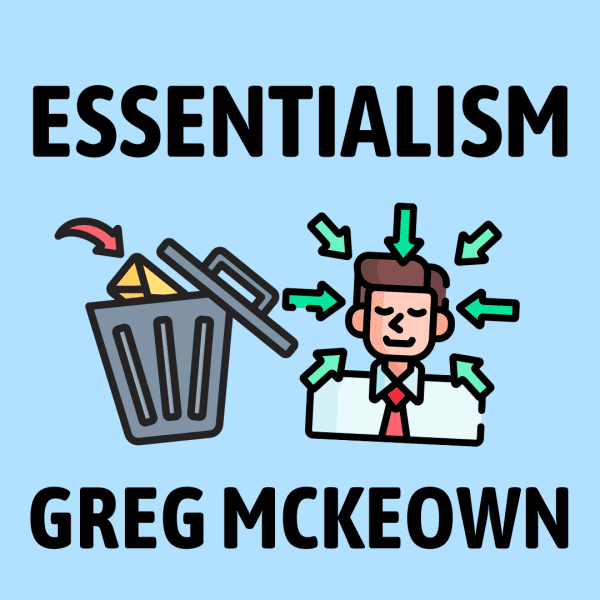
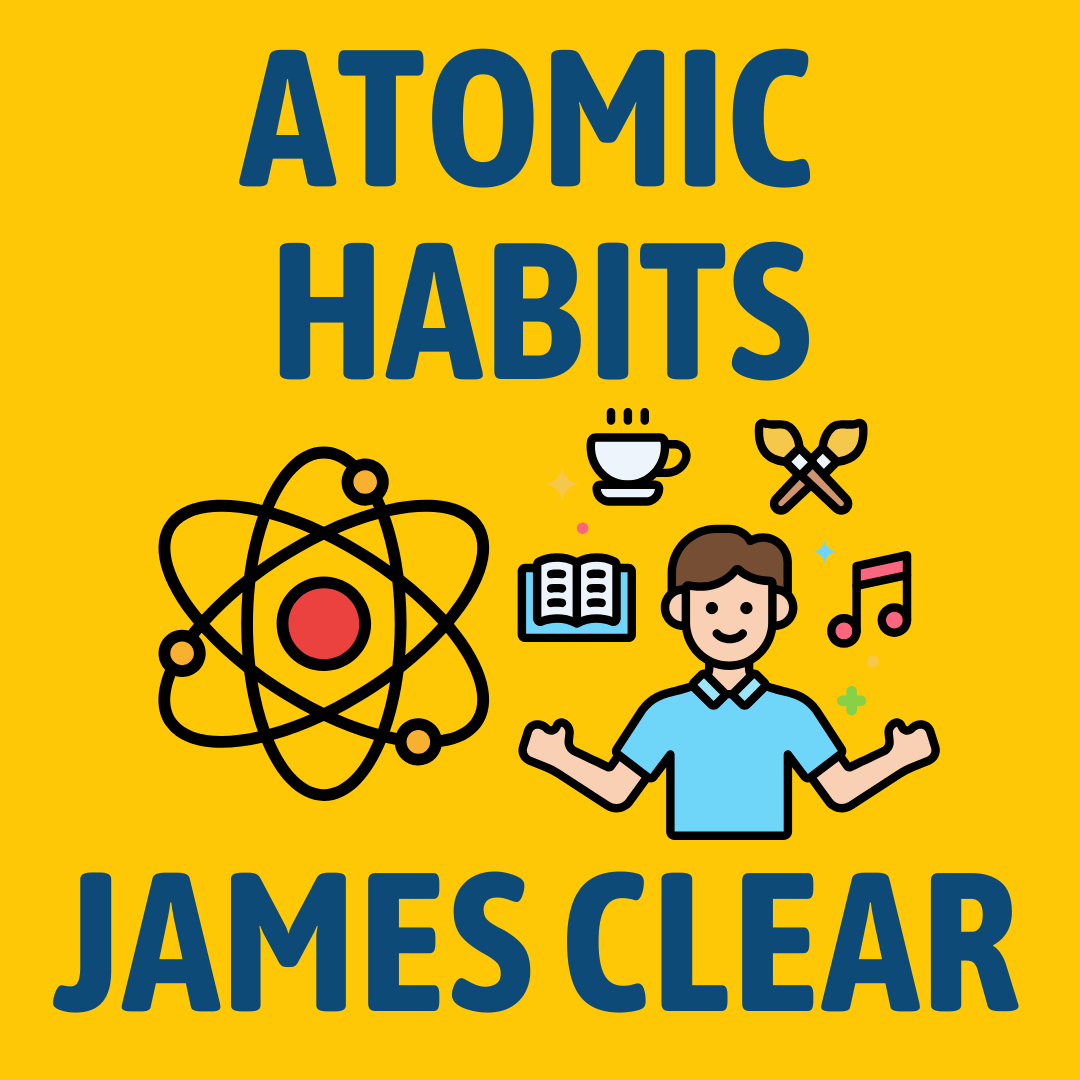
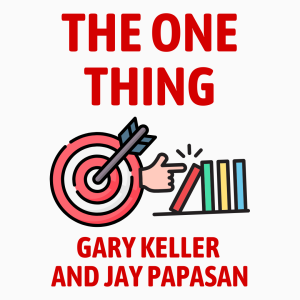

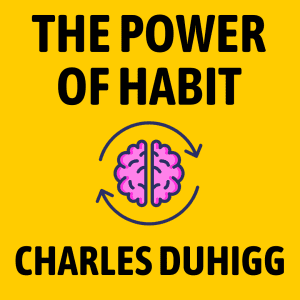
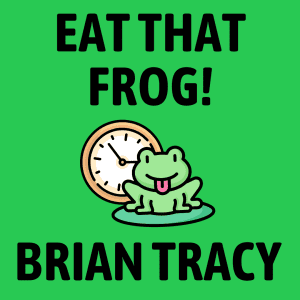
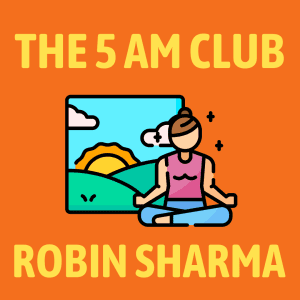
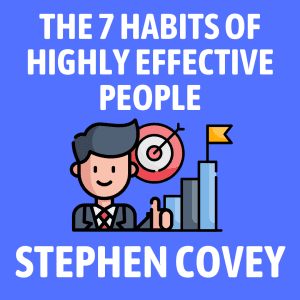
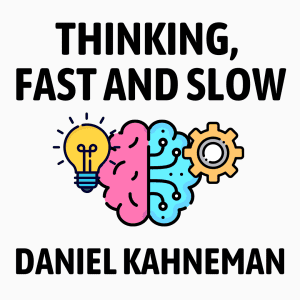
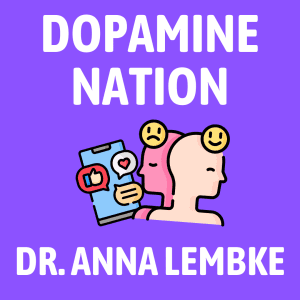
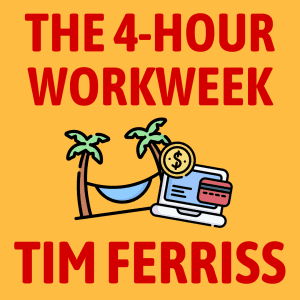



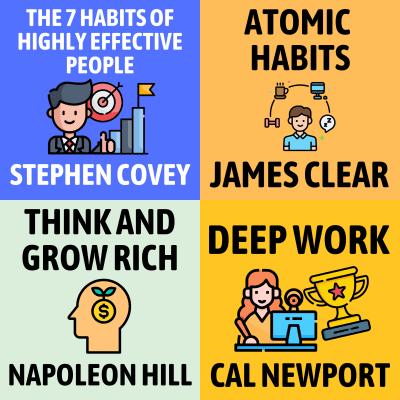
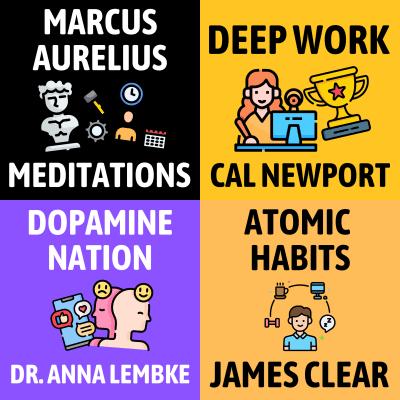
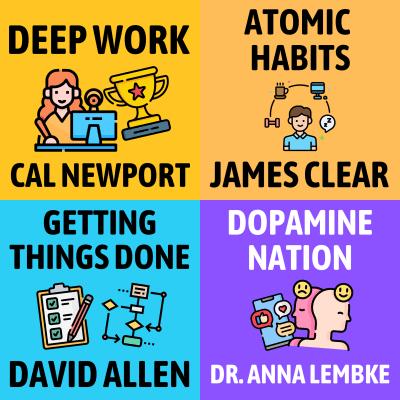
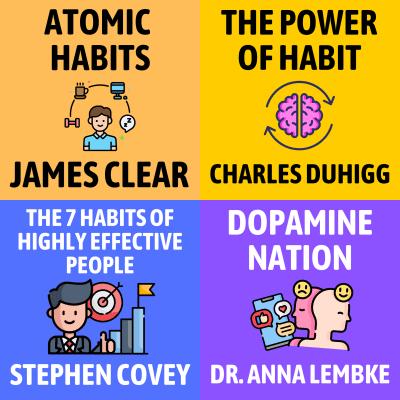
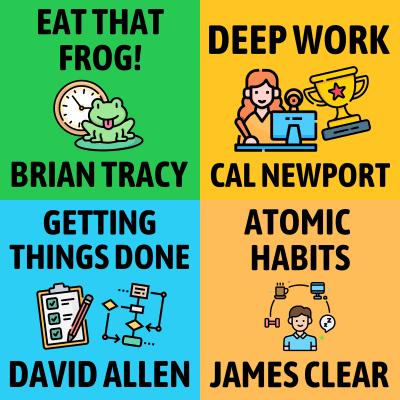
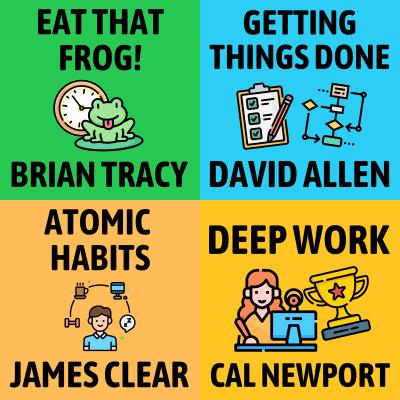












Community Notes